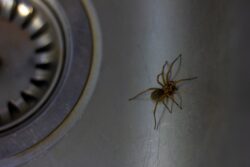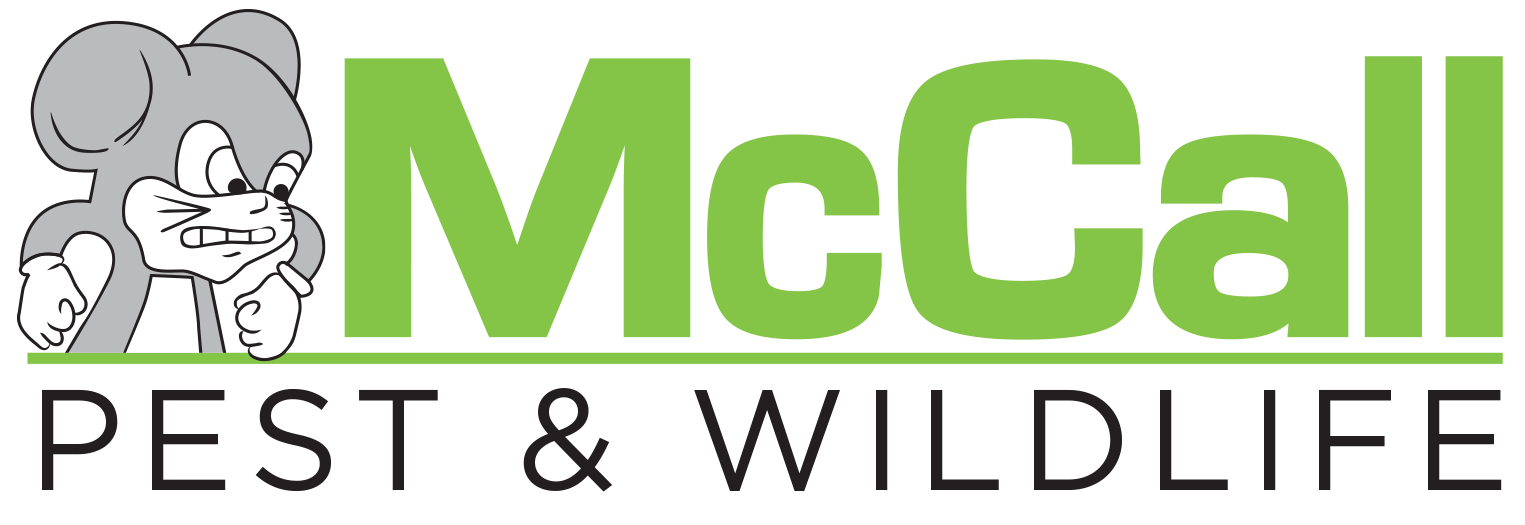Household pests are those that come into our homes and become a risk to our health, lifestyle, and/or property. The climate of Florida makes it the ideal environment for these pests to thrive. Here are some of the most common household pests in Florida and tips to prevent them.
Ants
While there are many species of ants that are found throughout Florida, two of the most common are the ghost ant and the fire ant. Ghost ants average 1.3 to 1.5 mm in length. They have dark heads and thoraces and almost translucent bodies. The do not have wings. These ants will nest in potted plants and wet grass, but can be found in cracks, cabinets, baseboards and wall voids inside your home. They emit a rotten coconut smell when crushed. Ghost ants have large colonies with many queens. They don’t sting but will bite when threatened. They often forage in your home for sweets and grease.
Fire ants average 1/8″ to 3/8″ in length. They are black to red in color and have stingers in their abdomen. Only reproductive males and females have wings. Fire ants build above ground mounds in open, sunny areas. they will bite and use their stingers repeatedly on both humans and pets. They feed on plant and animal material and will even eat other insects. They are attracted to electricity and moisture and will destroy air conditioning units and outdoor lighting. They will also nest near water sources, overwatered lawns and potted plants.
Termites
Two of the most common types of termites found in Florida are the subterranean termite and the drywood termites. Subterranean termites are about 10 mm in length. They are brown to black in color with translucent wings. They live underground, using mud tubes to travel between their nest and your home. These termites are the most damaging species in the United States. Any wood material is a potential food source. They can often go long periods of time undetected.
Drywood termites are about 1/4″ to 3/8″ in length. Their color varies by species. These termites prefer warm, humid environments. They infest dry wood that is above ground and live in the wood they consume. They don’t need much water to survive and don’t eat soft or moist wood. They eat across the grain of dry wood which leads to structural damage in the homes they infest. They are most common in warmer, tropical climates.
Spiders
There are numerous species of spiders that are considered household pests. Two of the most common are the house spider and the daddy longlegs. House spiders are about 1″ in length with a 2″ leg span. They have gray brown to dark brown bodies with 2 stripes on their heads. They prefer quiet, undisturbed areas of your home. These are the spiders that build cobwebs in the corners of your rooms and are the most common spider in North America. They are not aggressive and will often retreat when confronted. They are actually beneficial to have around as they eat other household insects like carpenter ants, termites, moths, and stinkbugs.
Daddy longlegs, aka harvestmen, are not actually true spiders. These creatures grow to anywhere from 6 mm to 23 mm in size. They are brown, gray, or black with long, thin legs and small, round bodies. They are commonly found on the shady sides of buildings, under eaves, in crawlspaces, and in garages. They don’t spin webs and their legs will fall off to escape predators. They don’t bite, don’t produce venom, and don’t pose a danger to humans but they can be a nuisance when they congregate in large numbers. They are beneficial to have around as they eat aphids, other spiders, and garden pests.
Cockroaches
There are several species of cockroaches found in Florida. Two of the most common are the American cockroach and the German cockroach. American cockroaches, aka water bugs and palmetto bugs, are the largest of the house infesting roaches. They average 2.1″ in length and are brown to reddish in color. They have wings and can fly. They prefer to live outdoors but will come in through sewers and drains. They are omnivores and prefer to consume sweets. They are also attracted to alcohol, especially beer. They infest warm, damp environments and are commonly found in kitchens and bathrooms. These roaches transmit diseases and contaminate food and surfaces.
German cockroaches are 1/2″ to 5/8″ in length. They have brown bodies with 2 stripes behind their heads. These roaches do have wings but rarely fly. They prefer warm, humid areas of your home and are often found in bathrooms and kitchens. They can reproduce quickly, making them difficult to eliminate. They will often hide in wood, paper, and electrical equipment. They will also infest cabinets, drawers, under winks, and inside appliances. They can transit diseases, contaminate food and surfaces, and trigger allergic reactions.
Bed Bugs
Bed bugs are tiny pests, less than 6 mm in length with flat, oval bodies. They can be mahogany to red brown in color. These pests are nocturnal and feed at night on the blood of humans and mammals. Their bites are painless. This, combined with their small size make them difficult to detect. They will hide in cracks and crevices in beds, furniture, and other areas of your room. They also hitchhike on luggage and other items. These pests are extremely difficult to get rid of.
Rodents
Three of the most common Florida rodents are the house mouse, the Norway rat, and the roof rat. House mice are the smallest of the three, measuring 5″ to 8″ with their tails. They can be brown, gray, or almost black in color. They have large ears in comparison to their heads. These rodents will nest in wall voids, cabinets, garages, and attics. They reproduce quickly and transmit diseases. They are also known to contaminate food and chew through wires, putting you at risk for fires. They are considered the #1 rodent pest in most US cities. They are most active at night and give off a musky odor. They are omnivores but prefer grains and cereals.
Norway rats are the largest of these rodents. They can grow up to 16″ in length with their tails. They have full bodies that can be grayish to reddish brown in color. Their tails are shorter than their bodies. They often create burrows in gardens and along property lines. They will nest in basements and crawlspaces. They are more aggressive than other rodent species. They will eat almost anything. They are nocturnal and not only carry diseases, but will also gnaw through your home causing significant damage.
Roof rats are smaller than their Norway cousins. These rats are 13″ to 15″ in length with their tails. They have slender bodies that are gray to gray black in color. Roof rats have tails that are longer than their bodies. They live and nest off the ground, often living in trees, attics, eaves, and roof lines. They access homes by climbing trees, power lines, and fences. These nocturnal pests carry diseases and contaminate food and surfaces. They are omnivores with a preference for citrus fruits. They cause damage by nesting in walls and attics.
Prevention
Household pests can be prevented by implementing the following tips:
- Keep kitchens clean. Wipe down appliances and counters. Don’t leave dishes out overnight. Clean up spills immediately. Empty trash regularly.
- Sweep down cobwebs as soon as they appear. Dust and vacuum frequently.
- Keep your home free of clutter. Get rid of old newspapers and magazines. Use plastic storage boxes rather than cardboard.
- Keep your lawn well maintained. Mow regularly. Keep bushes, shrubs, and tree limbs trimmed back from your home.
- Keep gutters clear of debris. Get rid of standing water on your property.
- Repair leaks immediately. Use dehumidifiers to remove moisture from your home.
- Seal any gaps, cracks, and crevices in exterior areas of your home. Repair or replace window and door screens.
- Inspect any items before bringing them into your home.
- Invest in an annual termite inspection.
- Maintain routine pest control in and around your home. If you have a problem with any household pests, contact your local pest control company for an evaluation.


